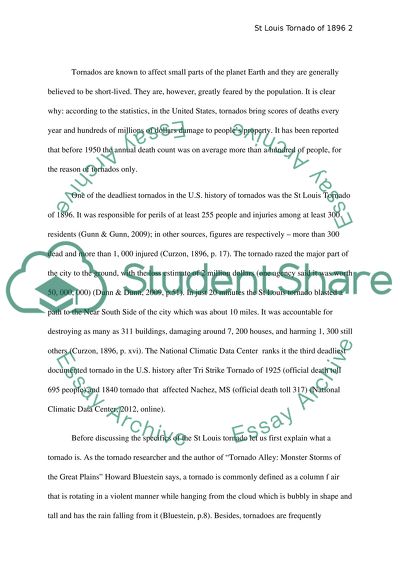Cite this document
(“St. Louis Tornado of 1896 Research Paper Example | Topics and Well Written Essays - 1500 words”, n.d.)
Retrieved de https://studentshare.org/geography/1451051-st-louis-tornado-of
Retrieved de https://studentshare.org/geography/1451051-st-louis-tornado-of
(St. Louis Tornado of 1896 Research Paper Example | Topics and Well Written Essays - 1500 Words)
https://studentshare.org/geography/1451051-st-louis-tornado-of.
https://studentshare.org/geography/1451051-st-louis-tornado-of.
“St. Louis Tornado of 1896 Research Paper Example | Topics and Well Written Essays - 1500 Words”, n.d. https://studentshare.org/geography/1451051-st-louis-tornado-of.


